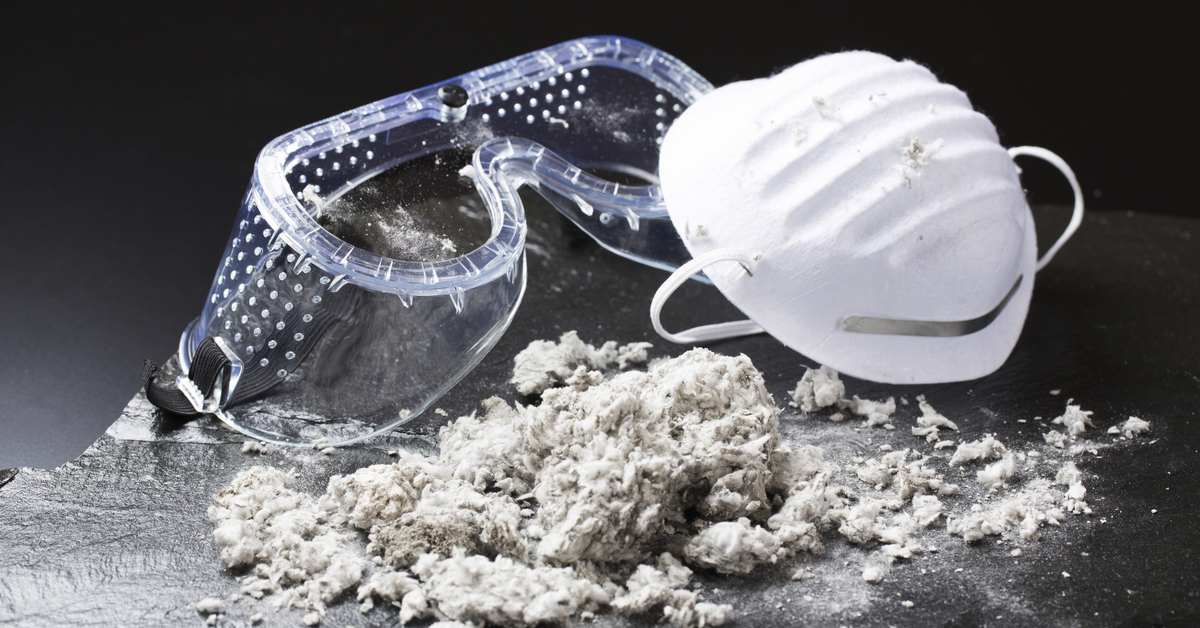California Vets Were Exponentially Affected by Asbestos

Image by Asael Peña.
California is among the top three states with the largest veteran population in the US. In 2023, the state was home to over 1.48 million veterans and the most military installations in the country, with the Navy having a strong presence in the coastal state. Considering the Military’s decades-long extensive use of toxic asbestos, it is not surprising that California had 27,080 asbestos-caused deaths between 1999 and 2017, which is the most in the country. Many of these people, whose lives were taken by malignant asbestos-related illnesses such as mesothelioma or lung cancer, were veterans.
Asbestos is a heat-resistant and durable mineral fiber. All military branches have applied asbestos-containing materials, especially between the 1930s and the early 1980s. However, those working in the Navy’s shipyards and warship personnel are the most likely to have encountered this hazardous material. Consequently, many of California’s veterans were exposed to asbestos during their service and now suffer from diseases stemming from it.
Veterans should go for regular health check-ups
Asbestos crumbles over time, releasing microscopic fibers into the air, and veterans stationed in shipyards, military bases, and naval vessels come into contact with airborne asbestos dust. Inhaled asbestos particles cause permanent scarring in organs and may lead to the development of mesothelioma, a malignant disease caused exclusively by asbestos. This cancer develops in the membrane around the lungs, abdomen, heart, or reproductive organs. Its symptoms may take 20 to 50 years before they show, and usually, by then, the cancer is already at an advanced stage. Unfortunately, the long latency period is also a characteristic of other asbestos-related diseases, and advanced stages by the time of diagnosis are a common occurrence. Asbestos exposure increases the chance of lung cancer, the second most common cancer in the US. Similar to mesothelioma, its symptoms first show when the cancer is at a stage with metastases.
It is why veterans with known and unknown asbestos exposure should attend regular health check-ups and specialized screenings, such as chest X-rays or CT scans and breathing tests, even if they do not experience symptoms. Timely discovery is the only option for veterans exposed to asbestos dust, as no treatment is available for illnesses stemming from it. Today’s medical procedures can only alleviate symptoms and slow progression in hopes of prolonging veterans’ life expectancy.
The VA compensates for the harm caused by asbestos
Manufacturers were aware of the hazards posed by asbestos years before its use started to be regulated, and they exposed millions of service members to its danger by hiding the truth from the military. California used to mine and produce large amounts of asbestos applied at its military bases, including in the San Francisco Bay Area. The state is home to former Naval Air Station Moffett Field, located near San Jose, which served as an important base during WWII and became the West Coast’s largest naval air transport installation; the airfield was closed in 1994 under the Base Realignment and Closure Act (BRAC). Mare Island Naval Shipyard, located northeast of San Francisco, was similarly closed under the BRAC. The shipyard was the first Navy base on the West Coast, and during WWII, it was one of the busiest naval shipyards in the world: over 500 naval vessels were constructed, and thousands were overhauled at the Mare Island yard while it operated.
Veterans who have been diagnosed with an asbestos-linked malignant condition are eligible to file claims with asbestos trust funds or apply for disability compensation and possibly free health care from the VA. Moreover, policymakers are trying to compensate now for the harm caused by asbestos exposure. Since the passage in 2022 of the Sergeant First Class Heath Robinson Honoring our Promise to Address Comprehensive Toxics Act (PACT Act), the application process has become easier, as asbestos and asbestos illnesses have been added to the list of presumptive conditions. More than 1.4 million veterans have been approved for benefits nationwide thanks to the Act.
Having a disability, especially at an older age, is an enormous burden—not only mentally and physically, but financially, too. Veterans should apply for their well-deserved compensation offered by the VA’s disability compensation program, the asbestos trust funds, and the PACT Act. More information is available at https://www.va.gov/resources/the-pact-act-and-your-va-benefits/.





